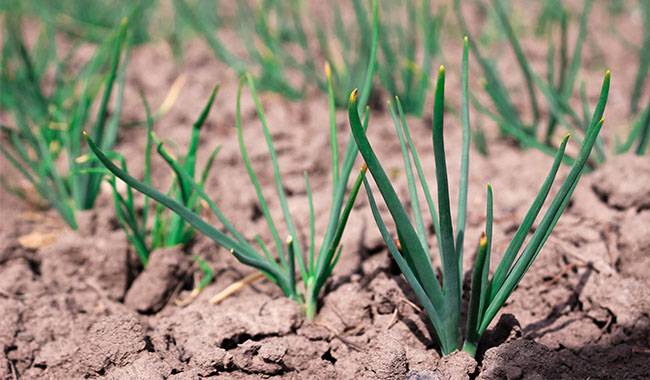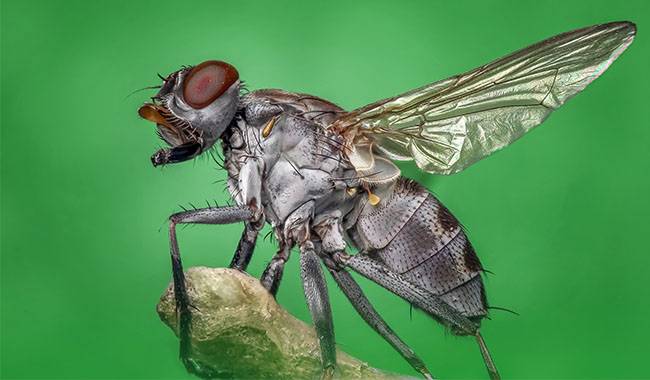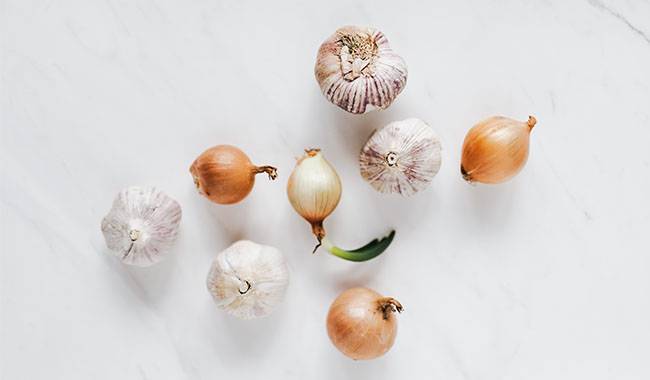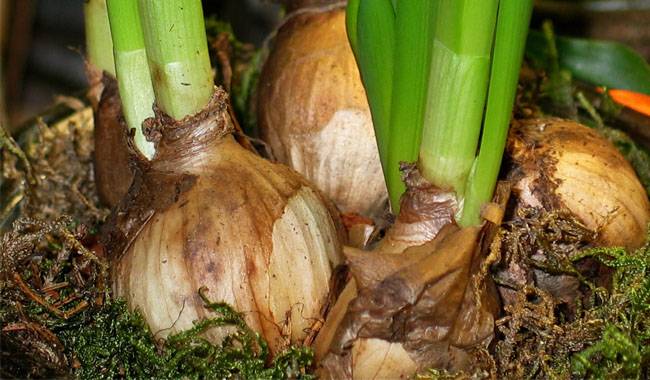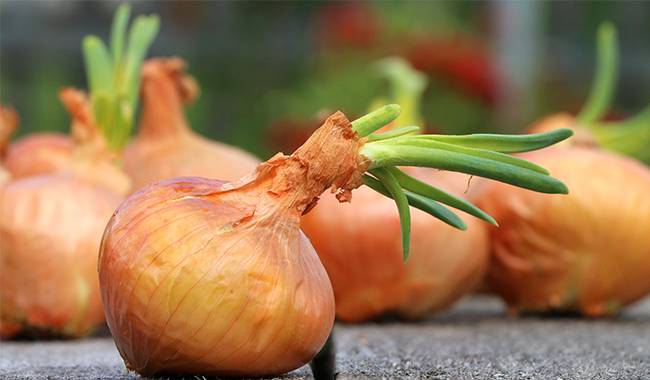
Even if you don’t have a small vegetable garden at your disposal, not everyone can boast that you managed to grow vegetables for the entire winter. Usually, by spring, stocks of onions, vitamins, and essentials for cooking will be depleted first.
If you want to replenish your stock in time to avoid buying “something else” on the eve of a new season, winter onions are the best way to go. They should not be confused with winter sowing. Spring onions are sown in midsummer, not in the fall. And onions are ready for use as food in April.
WHAT IS A WINTER ONION?
In fact, this winter onion can also legitimately be called a spring onion. It is by this name that many gardeners are familiar with him. These small bulbs and their fragrant, fresh, vitamin-rich leaves are a real treasure trove of nutrients at the beginning of the gardening season.
Even onions sown in winter will bear fruit in May at most. But onions sown for spring will be available in April. That is why some gardeners call it not a winter onion but a spring onion because it is really used in the spring. The main feature of growing such onions is that the crop needs to be covered for the winter, but he is more economical.
WHAT ONIONS CAN BE GROWN IN THE SUMMER?
It is through this technique that the most delicious onions are grown – Baton and Japanese hybrid onions. But there is no need to limit the varieties of onions grown with this technology because the Dutch sown onions and German varieties also show themselves perfectly. The earliest harvested varieties are “Weisse Königin” and its little-known competitor in our country, “Winterzwiebel,” whose main trump card is often referred to as high winter hardiness. But you can only really appreciate the advantages of this variety when sowing in summer when the onion harvest will really be amazingly early.
WHEN TO PLANT WINTER ONIONS?
Winter onions have a very limited time to be sown. You can only sow this first yield onion from mid-July to early August. The most common sowing time is July 15 to August 10.
SPECIAL FEATURES OF PLANTING AND GROWING WINTER ONIONS
The conditions for growing winter onions can be called typical. However, you must exercise stricter control over the quality of the soil and lighting to create truly ideal conditions for onions. In terms of yield, only the warmest and sunniest beds in the vegetable garden are suitable for growing the first onions.
The soil should be very loose, light in texture, and contain a lot of organic matter. The soil quality is improved during the initial preparation, which is best done one month before planting spring onions. Beds for this purpose are very convenient, and these beds are already free of early vegetables or salads in June. The soil preparation itself is simple.
1) Dig the soil to the depth of a spade bayonet and loosen it thoroughly.
2) Spread a few buckets of compost evenly over the soil.
3) Sprinkle another 30 grams of composted mineral fertilizer on every 11 square feet of soil.
4) Till the soil repeatedly embed the fertilizer.
Winter onions are also very easy to grow. Sow in rows with your favorite onion variety, spacing the rows about 8inch (20cm) apart. The sowing depth should be a standard 0.8inch (2cm). Do not sow infrequently, but do not thicken either. If there is a drought, it is necessary to water promptly (as with other vegetable garden inhabitants).
The next step in cultivating winter onions is to cover the crop for the winter. Onions sown in summer are considered winter hardy. Still, it is better to grow them protected: unstable conditions can “thin” your beds significantly, and it would be presumptuous to hope for a successful winter with a good snow cover. Therefore, in the middle zone of the onion, there should be the necessary cover. It can be loaded with special fleece, which will allow the plants to breathe and cope with the task at hand no worse.
When the long winter is over, spring arrives, and the threat of frost no longer exists, the plants will be removed from summer planting and allowed to acclimatize. And after a week or two, the seedlings are thinned out, leaving 2inch (5cm) between the plants. Then, fully grown bulbs that can be used as onions, albeit small, can be harvested starting in April. And the green plants will be available to you much earlier.
More related information about growing onions plants




